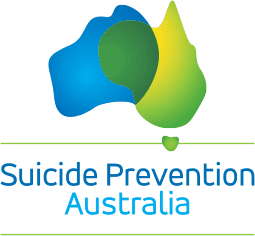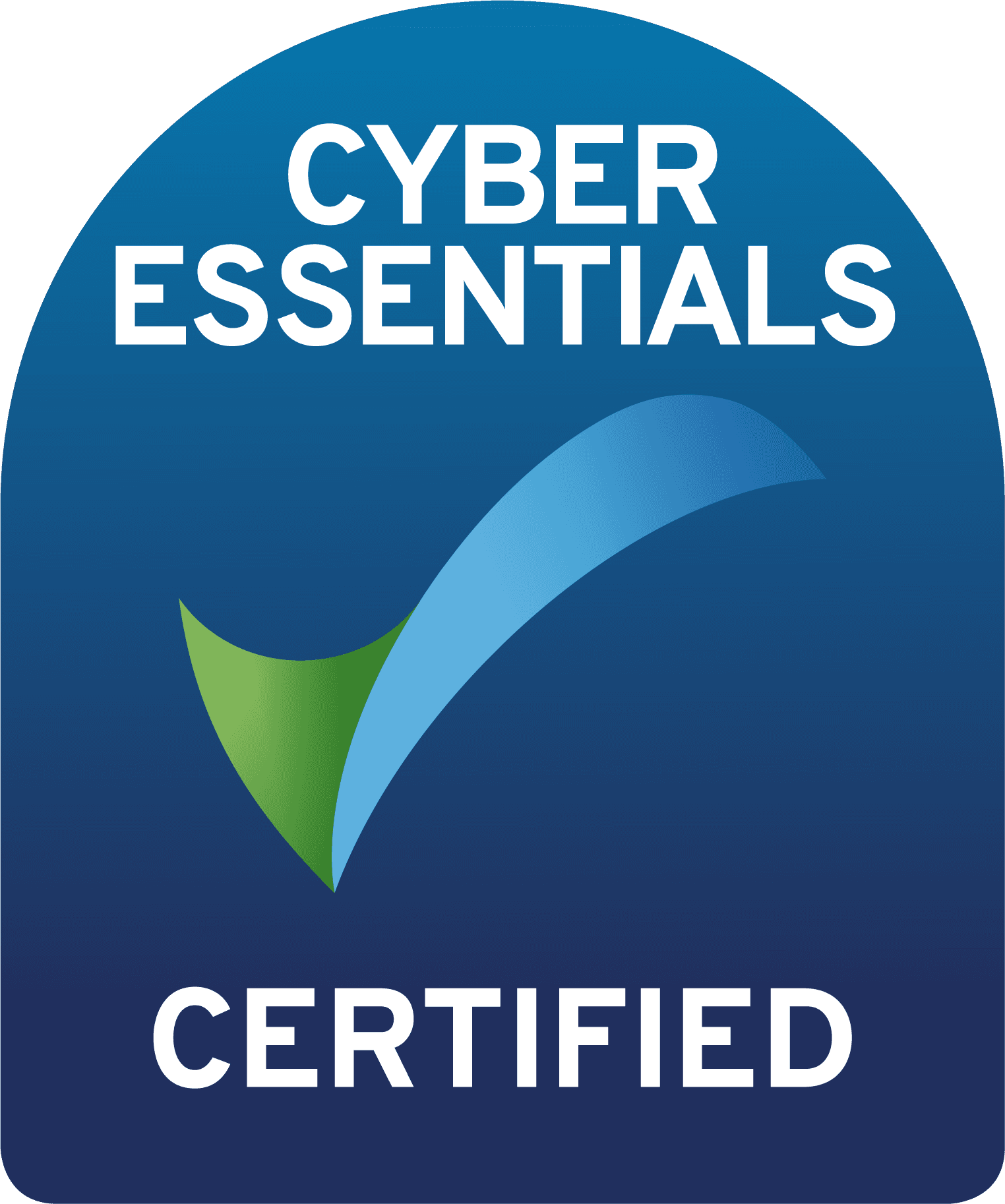Adverse Childhood Experience (ACE)
Adverse Childhood Experience (ACE) overview
Creator and Context
The Adverse Childhood Experiences (ACE) assessment is a tool used to identify the presence and impact of negative experiences in childhood. It is a simple scoring method that tallies various types of abuse, neglect, and household challenges faced during childhood. The ACE assessment helps in understanding the cumulative effect of these experiences on a person's health and well-being.
The ACE assessment was developed from the Adverse Childhood Experiences Study, a large-scale investigation conducted by the Centers for Disease Control and Prevention and Kaiser Permanente. Dr. Vincent Felitti and Dr. Robert Anda led the study in the 1990s, focusing on the long-term effects of childhood trauma.
Presenting Conditions
The ACE questionnaire measures 10 types of childhood adversity: physical, emotional, and sexual abuse; physical and emotional neglect; and household dysfunction including mental illness, incarcerated relatives, domestic violence, substance abuse, and divorce.
Administration
The ACE assessment is typically a self-reported questionnaire consisting of 10 questions, with each affirmative answer scoring one point. This assessment can be administered in a clinical setting or as part of a broader health assessment.
Desired Audience
The ACE assessment is suitable for adults, often used retrospectively to understand their childhood experiences. It is also used in research settings to explore the relationship between early adversity and later health outcomes.
Professionals using the ACE assessment should create a supportive environment, as the questionnaire can evoke distressing memories. It's important to ensure that the individual understands the purpose of the assessment and has access to appropriate support services.
Considerations
While the ACE score provides valuable insights, it should not be used as a diagnostic tool. It is essential to consider the context and individual differences in resilience and coping mechanisms.
How to score the Adverse Childhood Experience (ACE)
Conducting the assessment
The individual responds to each of the 10 questions with “Yes” or “No”. The assessment is straightforward and can be completed without clinical supervision, but discussion with a healthcare provider is recommended for a comprehensive understanding.
Interpretation
Each affirmative answer in the questionnaire counts as one point. A higher score indicates a higher number of adverse childhood experiences. The ACE score is used to assess the potential risk of developing physical, mental, and social problems. While there is no definitive threshold, a higher ACE score indicates a greater risk of experiencing various health issues. However, it is not deterministic and should be interpreted within the context of individual life circumstances.
Clinical Considerations
Clinicians should use the ACE assessment as part of a broader evaluation. Discussing the results should be done sensitively, with an emphasis on resilience and coping strategies. Referrals to appropriate mental health services may be necessary.
Adverse Childhood Experience (ACE) use cases
The ACE score is beneficial in:
Identifying individuals at risk of health problems due to childhood adversity.
Guiding therapeutic interventions and strategies.
Informing public health policies and preventive measures.
Category
Trauma
Research Summary
Felitti, V. J., et al. (1998). Relationship of Childhood Abuse and Household Dysfunction to Many of the Leading Causes of Death in Adults. American Journal of Preventive Medicine.
Hughes, K., et al. (2017). The effect of multiple adverse childhood experiences on health: a systematic review and meta-analysis. The Lancet Public Health.










